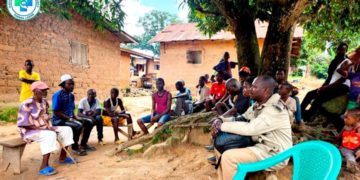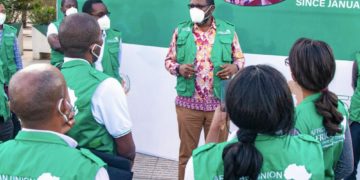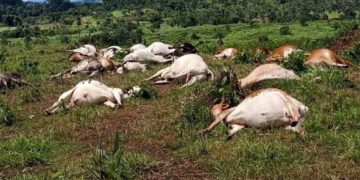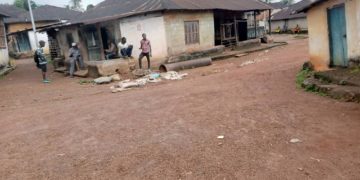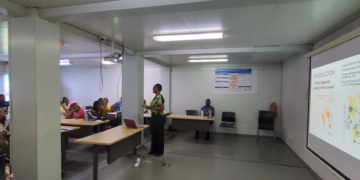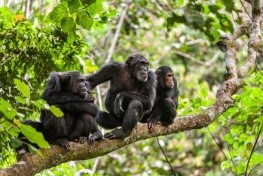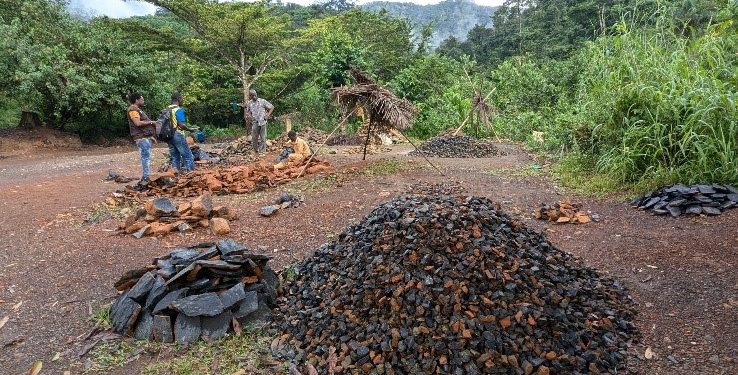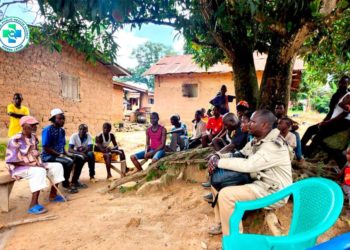By Kemo Cham
The Sierra Leone Association of Journalists or SLAJ has bemoaned the apparent lack of action by relevant state authorities in the face of wanton destruction of the country’s environment and biodiversity.
The umbrella journalist association said the rampant nature of environmental degradation remains an urgent issue for the country, citing the Kambui Hills and Western Area Peninsular National Park among critical landscapes that are suffering from significant deforestation, unregulated artisanal mining, and unchecked large-scale mining operations.
SLAJ warned that these activities threaten Sierra Leone’s natural assets, with potential repercussions on the ecosystem, local livelihoods, and future generations.
“Environmental degradation remains an urgent issue for Sierra Leone, particularly in the Kambui Hills, Western Area Peninsular National Park and other critical landscapes in Sierra Leone. These biodiverse areas are suffering from significant deforestation, unregulated artisanal mining, and unchecked large-scale mining operations. These activities threaten Sierra Leone’s natural assets, with potential repercussions on the ecosystem, local livelihoods, and future generations,” the association said in a statement signed by its National Secretary General, Alhaji Manika Kamara.
The call from SLAJ comes at the end of a five-day training of environmental reporters last week.
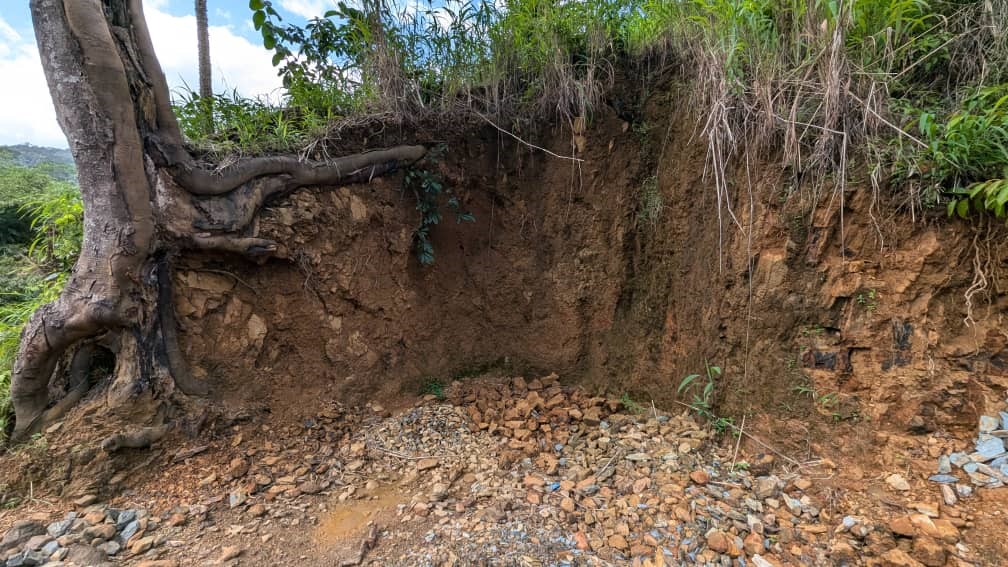
This image shows the destructive effect of stone mining within the Kamboi Hills Forest. Image, SLAJ.
The training conducted by SLAJ, in collaboration with Initiative for Media Development, was funded by the European Union Delegation in Sierra Leone, with the aim of equipping journalists and bloggers with the necessary skills and knowledge to cover pressing environmental issues affecting the country.
The training held in the eastern Kenema district entailed workshops, field visits and collaborative discussions. The participants visited the Kambui Hills, a major biodiversity hotspot that have been the subject of illegal exploitation for years now. They also visited Tiwai Island Wildlife Sanctuary in Puhejun District, which has become an example for the positive impact of community-led biodiversity conservation.
SLAJ president, Ahmaed Sahid Nasralla, who actively participated in the training program, said the association was appalled by the level of environmental degradation they witnessed firsthand at some of the sites they visited. He also lamented the lack of supervision by relevant state actors to curtail the ongoing destruction there.
“SLAJ is appalled by the level of environmental degradation witnessed firsthand at Kambui Hills and lack of supervision by the relevant state actors to curtail the wanton destruction of the country’s environment, robbing future generations of their inalienable rights to their natural capital,” said Nasralla.
Twenty-five journalists from media outlets across Sierra Leone participated in the training dubbed Green Journalism. The modules covered essential topics like environmental regulations, institutional mandates, sustainable development, climate change, and multimedia storytelling.
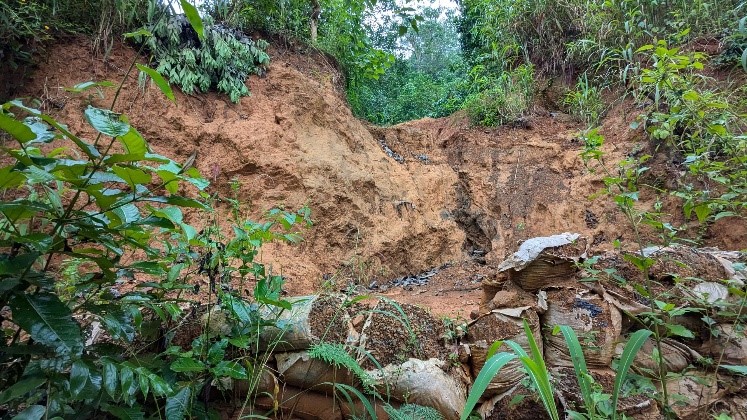
The destructive sign of illegal mining activities within the Kamboi Hills Forest. Image, SLAJ.
The training was part of EU’s Multi-Annual Indicative Programme 2021-2027, which prioritizes sustainable development in Sierra Leone.
The Delegation said in a statement issued at the end of the training that the program was meant to equip journalists with the skills to report effectively on environmental issues, raising public awareness and inspiring action on the country’s pressing environmental challenges.
“We are building a network of environmentally conscious journalists who will continue to support each other and promote green reporting long after this training,” said John C. Abu-Kpawoh, Rural Development and Infrastructure Section of the European Union. “Our goal is to create lasting impacts, and we believe these journalists will help lead the way.”
The training culminated in the launching of a fellowship program designed to motivate journalists to report on environmental issues, as well as to establish a network of environmental journalists in the country.

